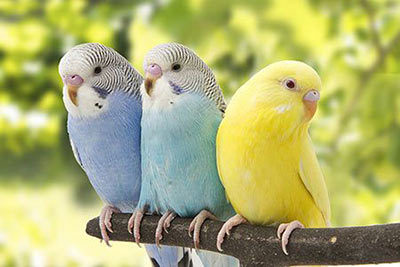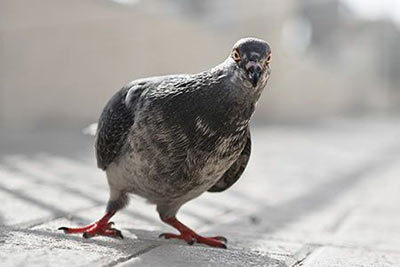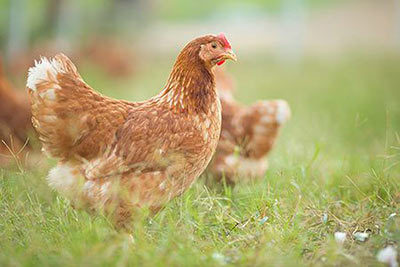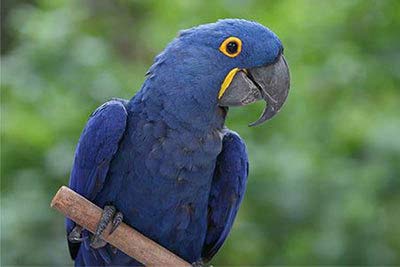Snowy Owl
Snowy Owl Facts
| Size | 24-29.5 in (60-75 cm) |
| Speed | Up to 50 mph (80 km/h) |
| Weight | 2.4-4.4 lb (1.1-2 kg) |
| Lifespan | 10-17 years |
| Food | Lemmings, voles, fish, mountain hares |
| Predators | Foxes, wild dogs |
| Habitat | Arctic region, Alaska, Canada, Northern Europe |
| Order | Owls |
| Family | True owls |
| Scientific name | Bubo scandiacus |
| Characteristics | White with black feathers, feathered feet |
Main Characteristics
The snowy owl is a large owl with a white plumage with dark markings. It lives in the Arctic tundra. The snowy owl can survive cold temperatures of up to -68.8 degrees Fahrenheit (-56 degrees Celsius) and thus holds the world record among all birds.
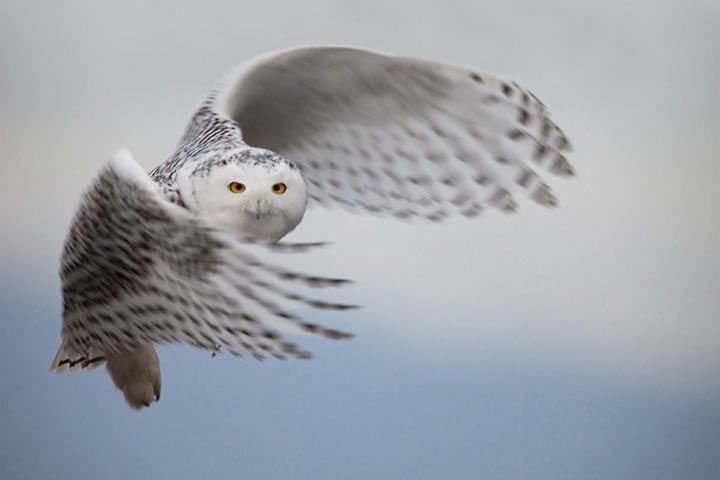
Anatomy and Appearance
Feathers on Legs and Feet
Of course the owl needs the appropriate „thermal clothes“ to survive these icy temperatures. Therefore snowy owls have a dense plumage consisting of little soft feathers on their legs and feet. They do not only keep the little feet of the owl warm, but also provide an expanded foot surface which prevents the owl from sinking into the snow (just like snow shoes!). It looks a bit as if the owl were wearing thick woolen socks or winter fur boots.
Color
Are snowy owls always white? No. Snowy owls are not always white and they are not white from the beginning. They have a lot of brown spots, bands and horizontal stripes which decrease with the age of the owl. Female birds never become completely white. They need a better camouflage, because they are responsible for their offspring.
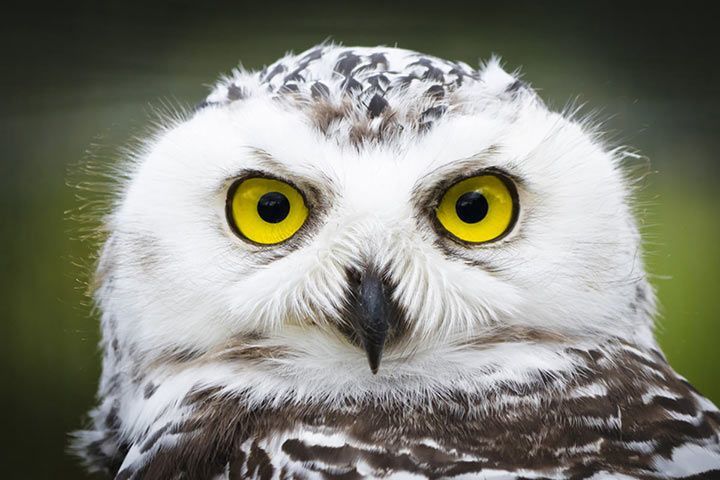
Diet
What do snowy owls eat? Snowy owls have a healthy appetite. Three to five lemmings a day easily fit into the stomach of a snowy owl. Within a year an adult bird ... hold on tight ... eats about 1,600 lemmings. In addition the snowy owl also likes occasional snacks such as rabbits, rodents, little birds and fish.
Behavior
How Do Snowy Owls Hunt?
Most owls go hunting at night. Yet, the snowy owl is mostly active during the day. It has very good eye-sight, but still it can’t detect a rodent hiding under the snow. In these cases it uses its excellent sense of hearing. This is why you see them circling closely above the ground before attacking their prey.
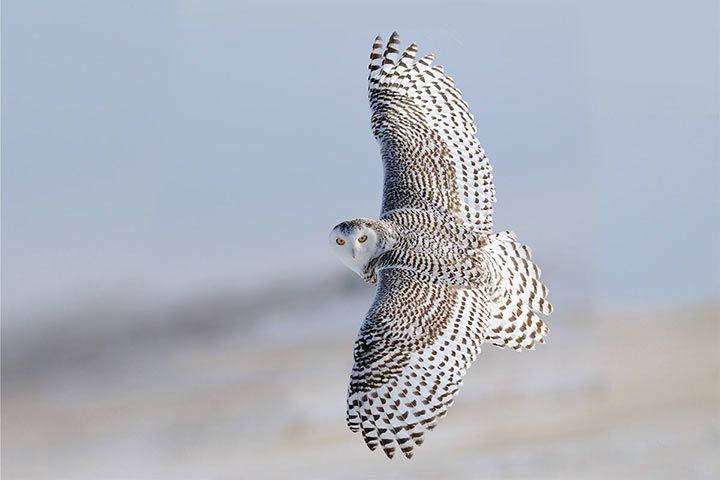
Reproduction
When snowy owls have found a partner they mostly stay together for the rest of their lives. The female owl usually lays 3-11 eggs and the little baby owls hatch after one month. It takes another month until they are mature enough to leave their nest. Yet, sometimes food is scarce. The birds do not lay eggs until sufficient food is available. Otherwise the baby owls would have to starve in this extreme living environment.
Fun Facts
Why Do Snowy Owls Like Airports?
During the winter owls have to deal with food shortage in the Arctic tundra. Therefore they head south and you can often see them in the proximity of airports. Why? The flat and open space somehow resembles the grassy landscapes of their habitat.
The Snowy Owl Is a Movie Star!
The owl Hedwig in the Harry Potter movies is a snowy owl.
Snowy Owls Are Popular
The snowy owl is the official bird of the Canadian province Québec.
- Find Out More:
- Animals That Use Awesome Tricks to Survive the Winter
- Watch Now on animalfunfacts.net:
 How Do Animals Survive in the Arctic?
How Do Animals Survive in the Arctic?















